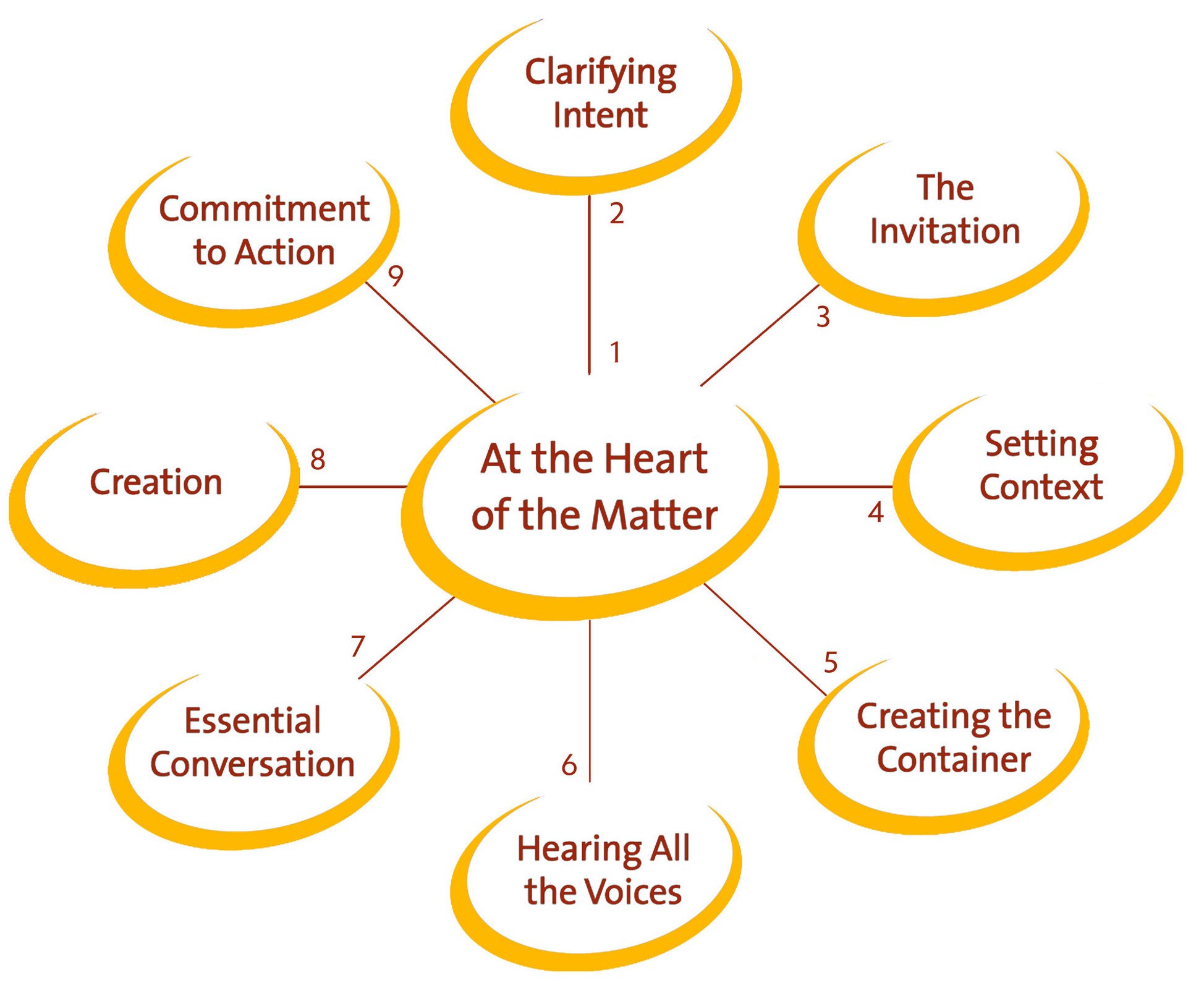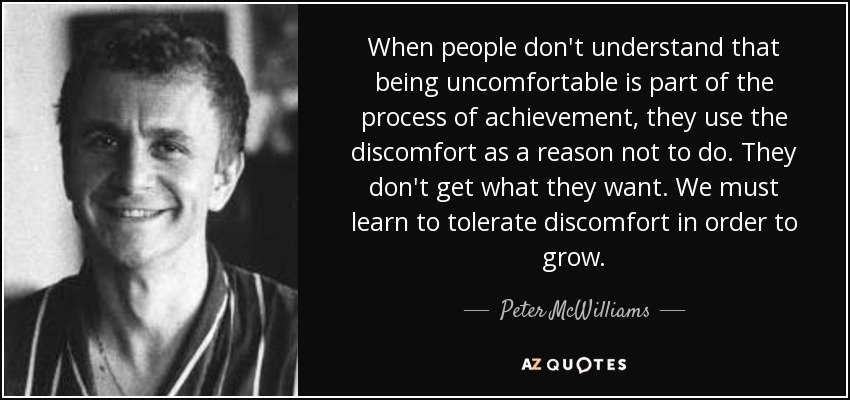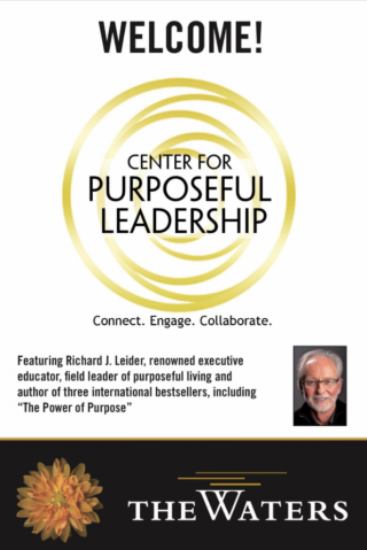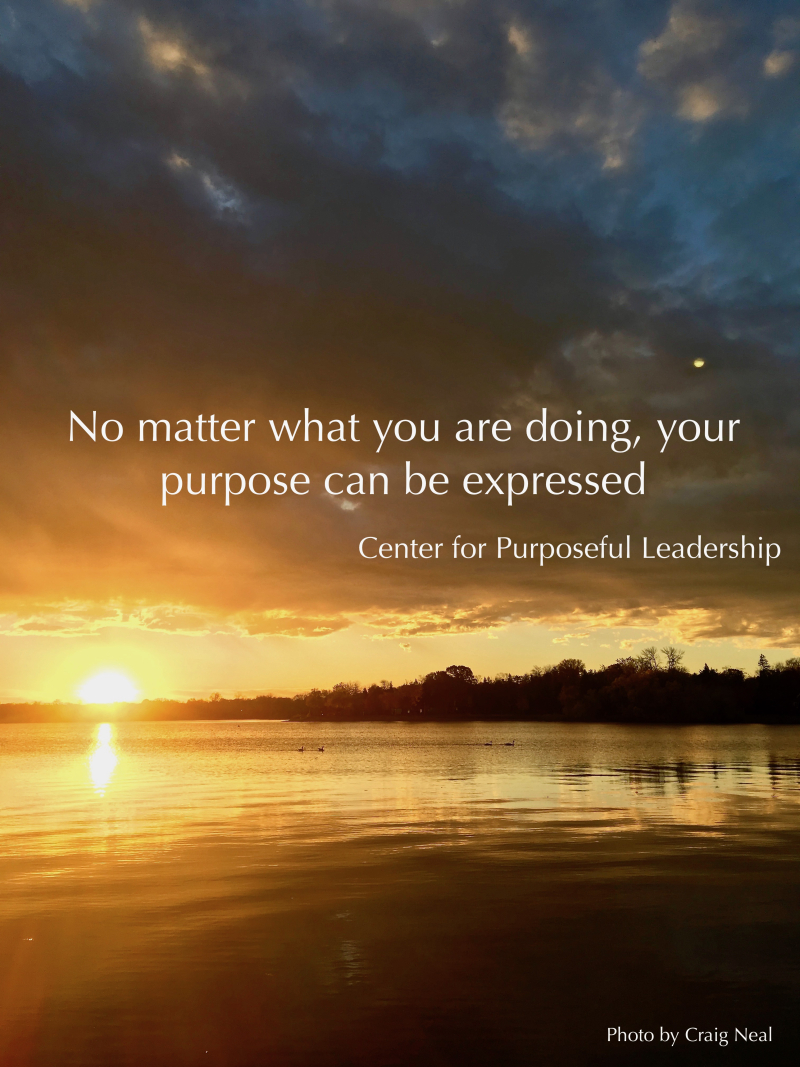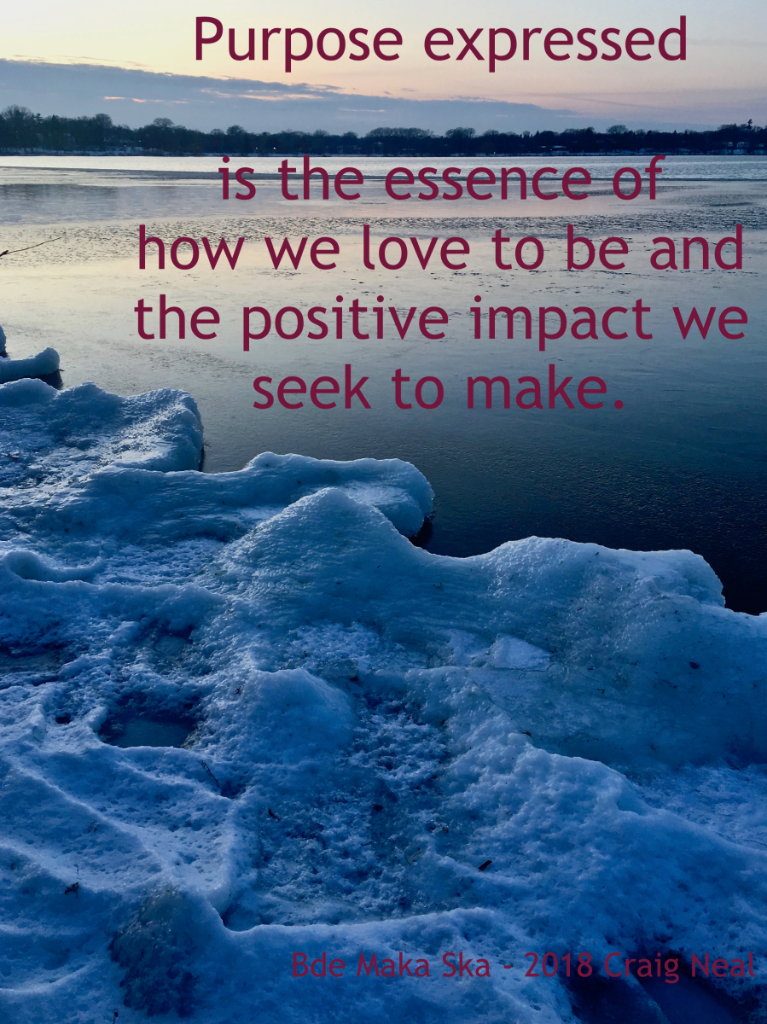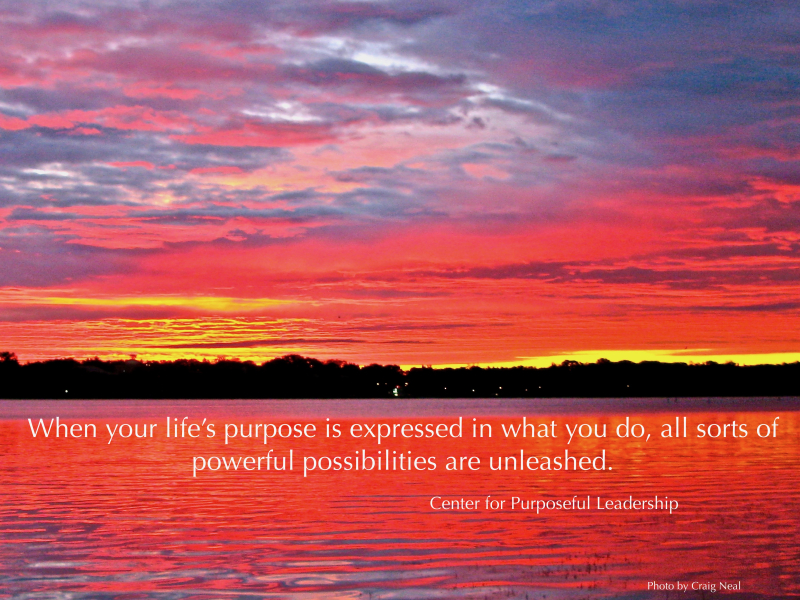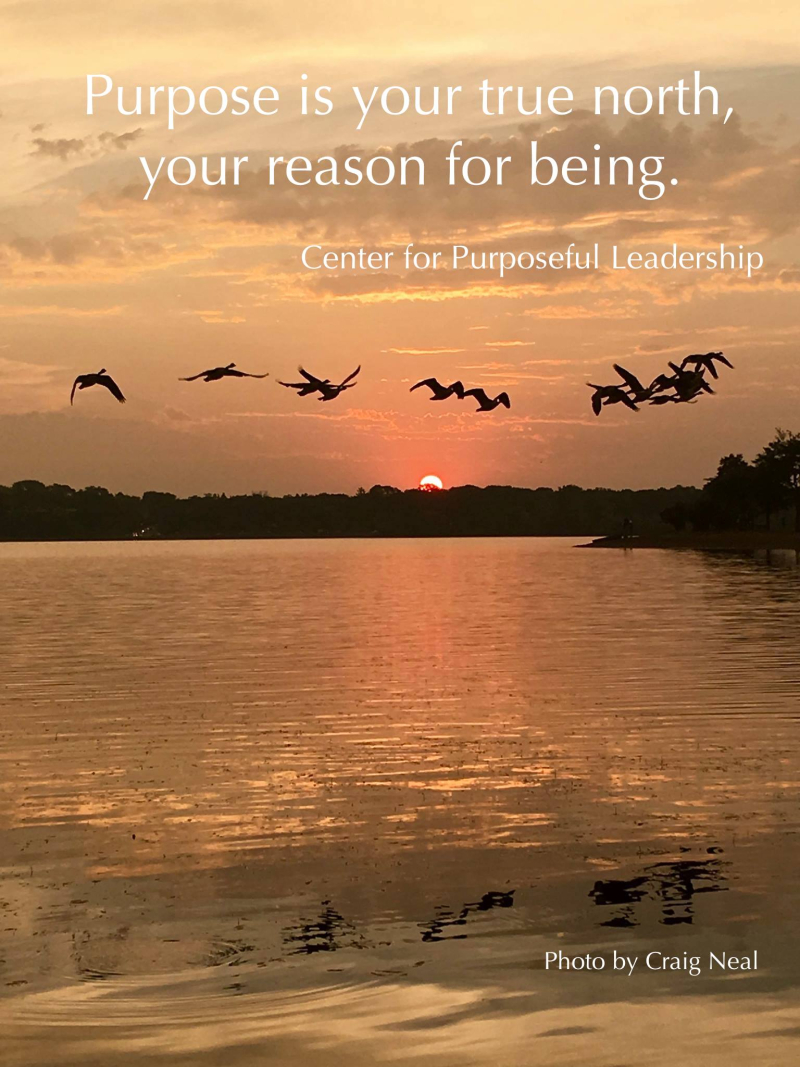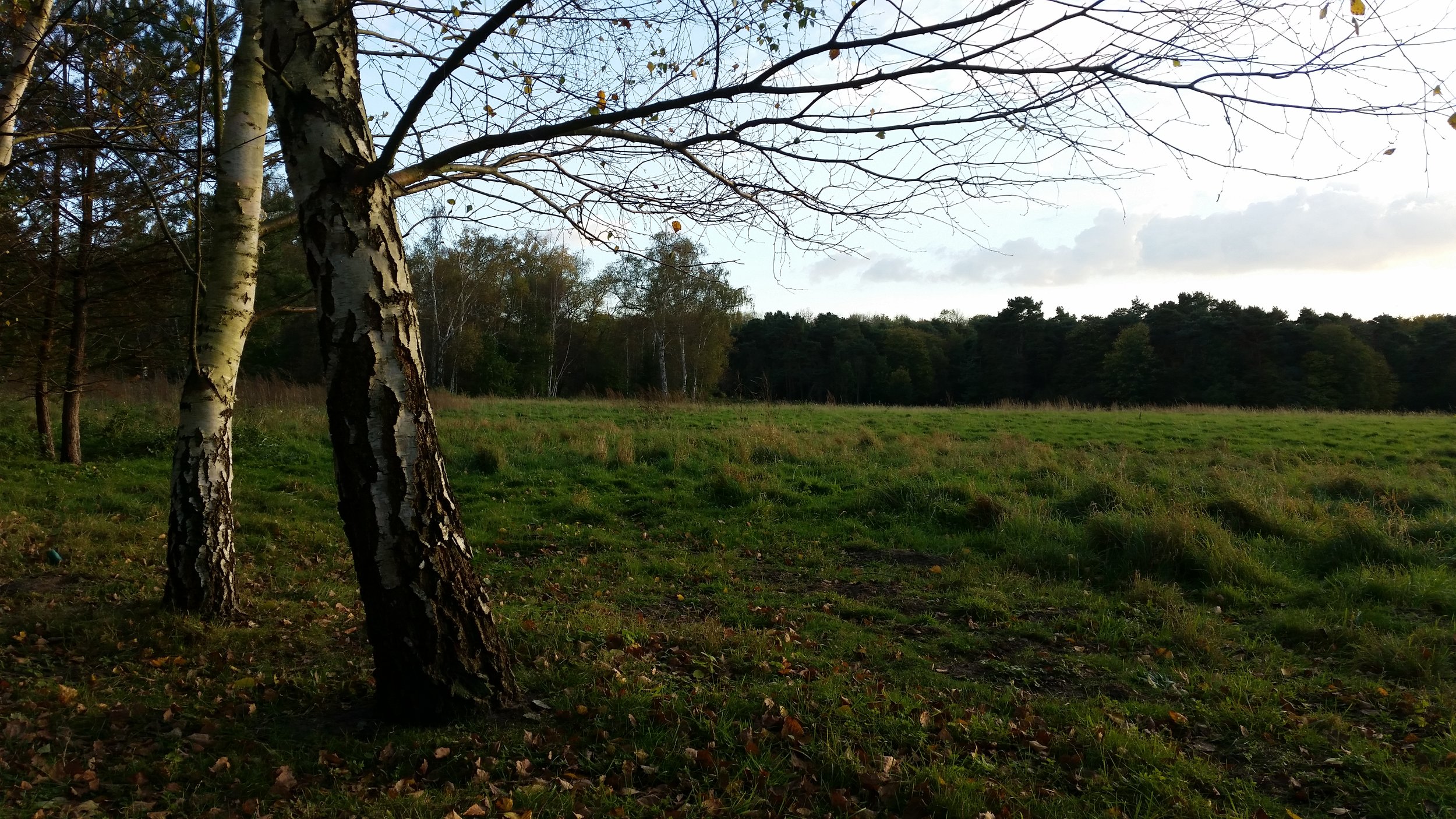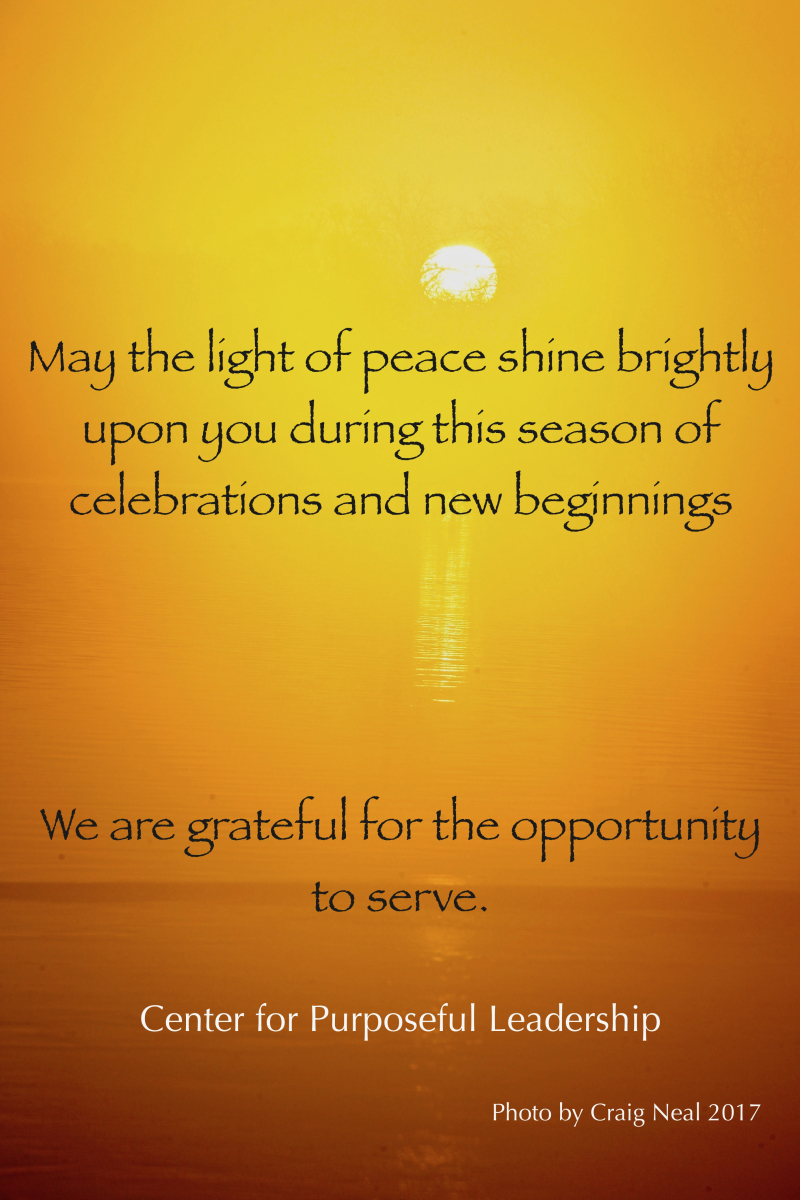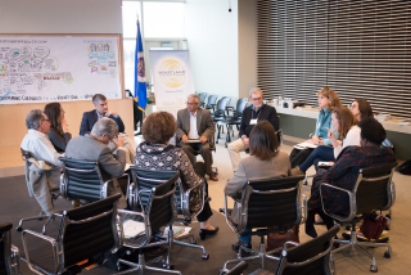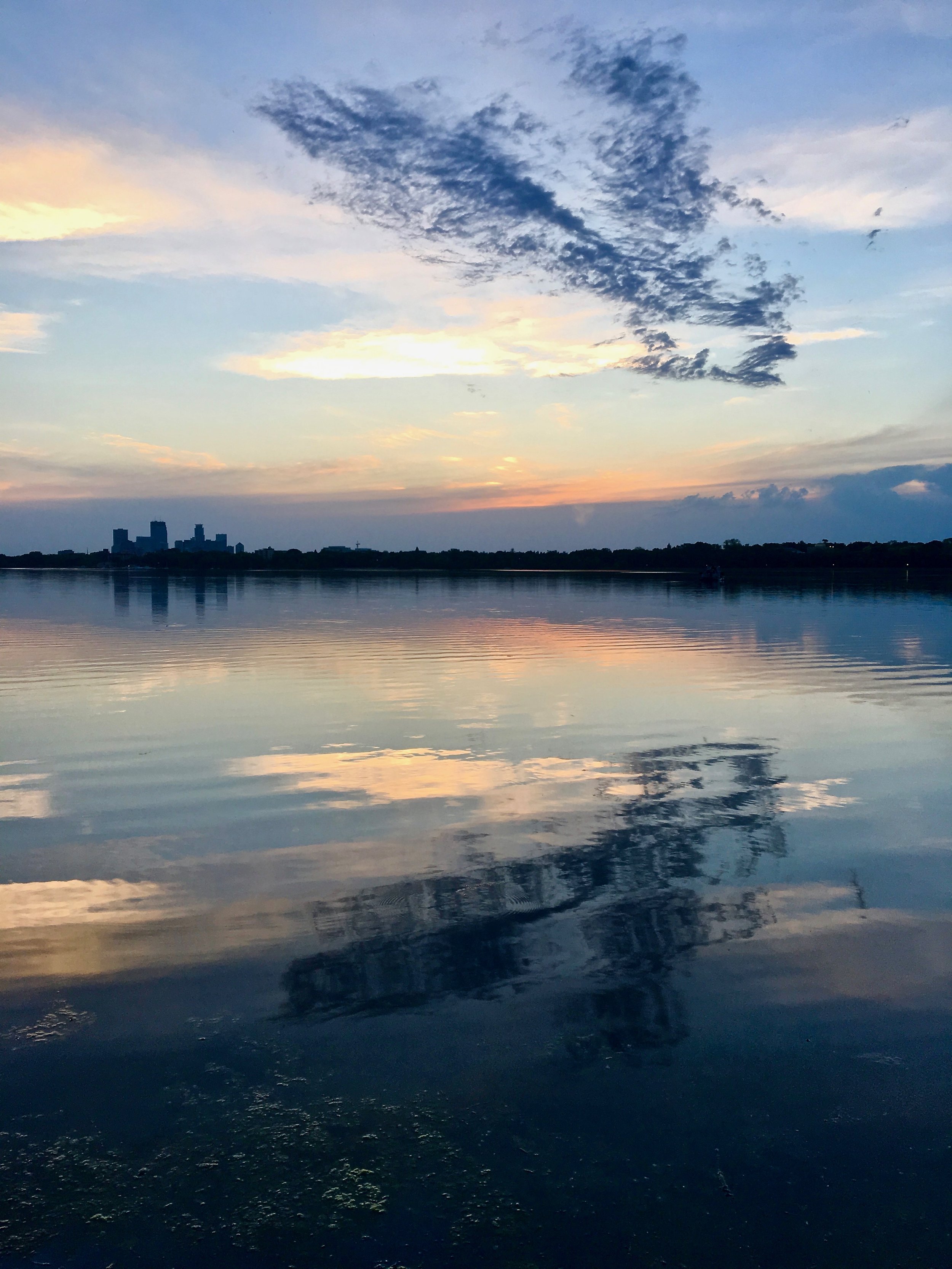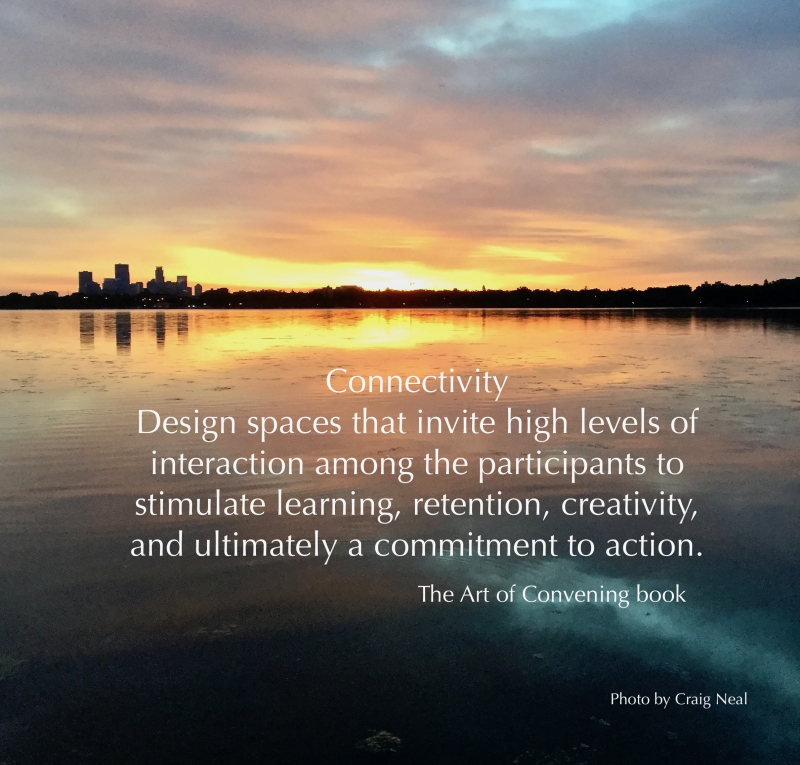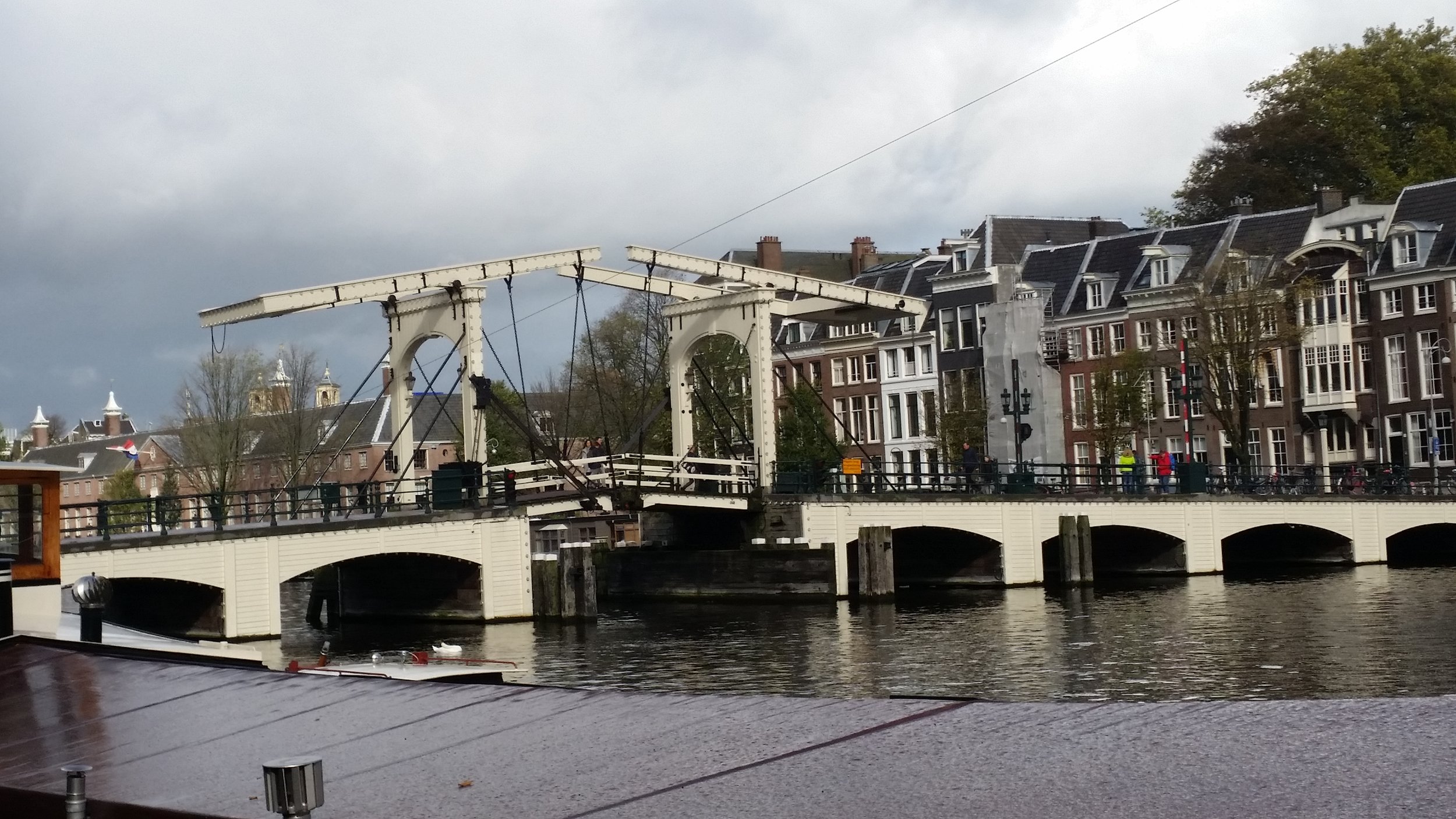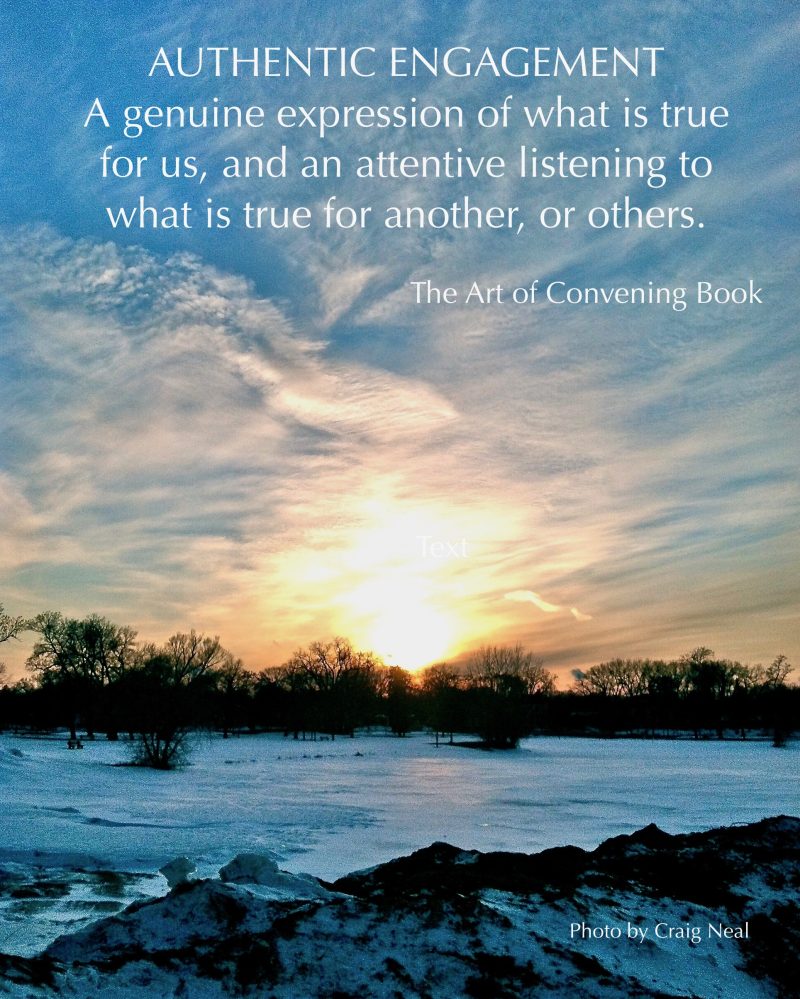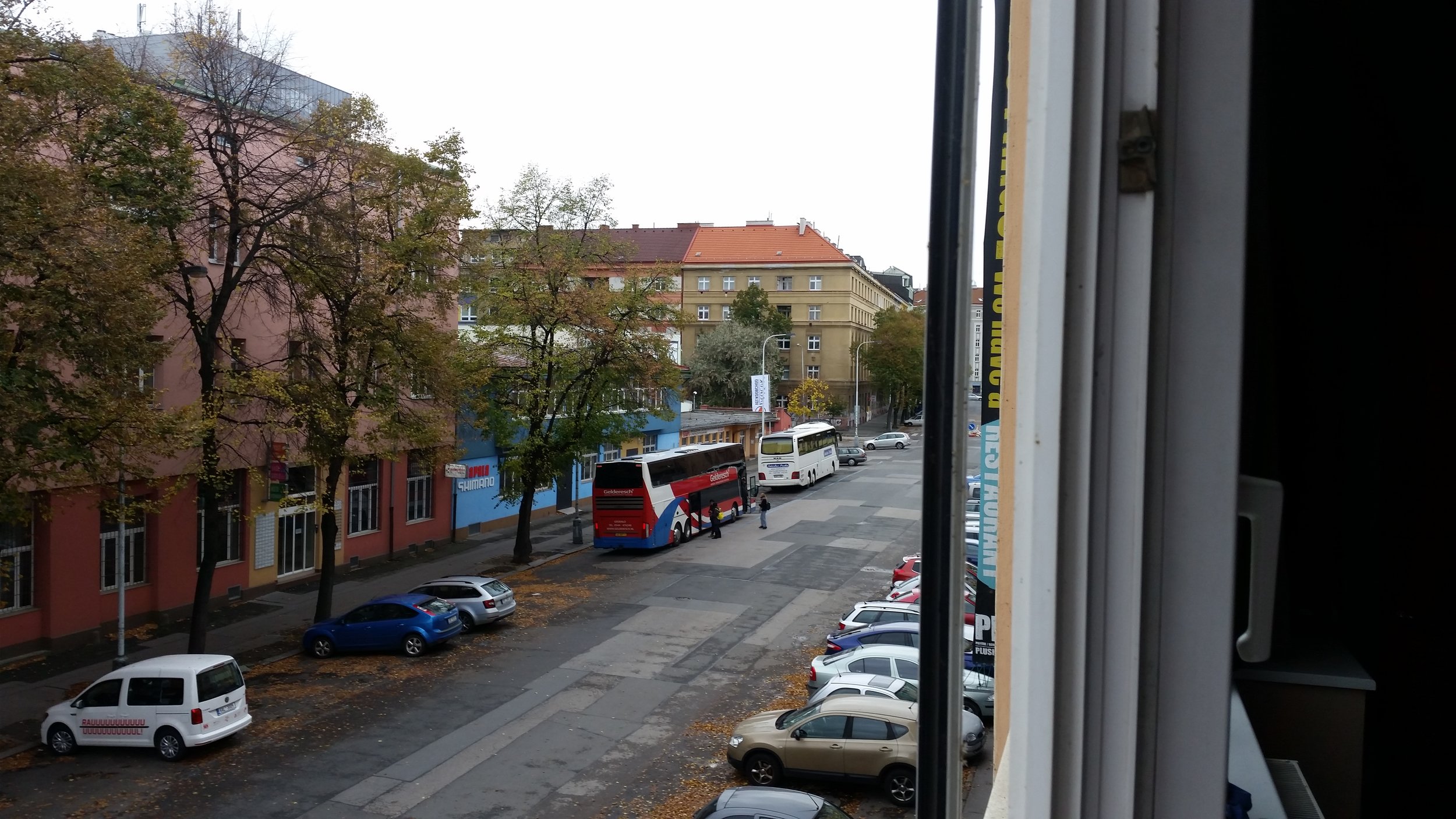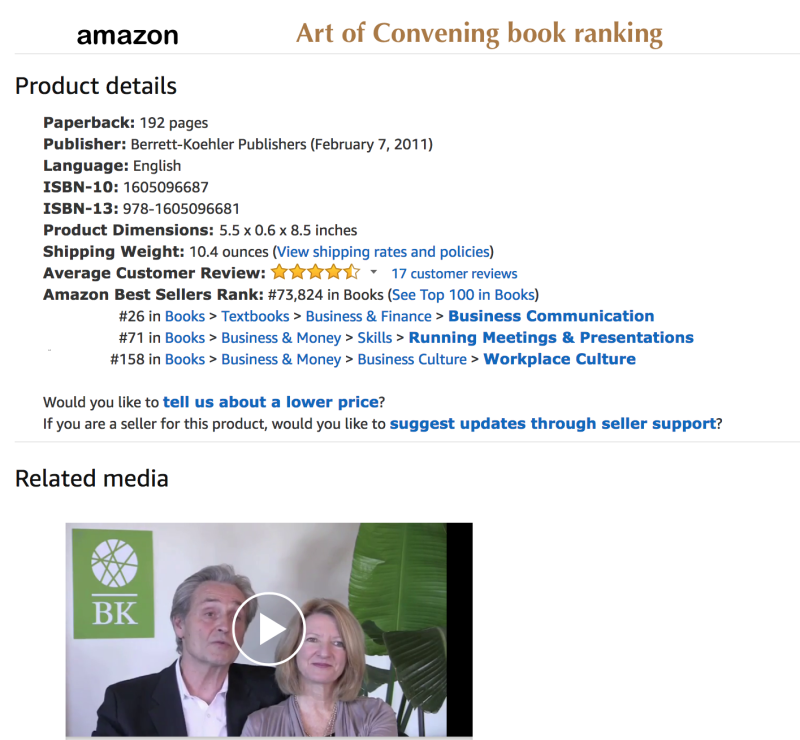Today's guest blogger is Kim Kristenson-Lee, CPL Team Member, who, as a resident of Houston, TX, is drawing on her resilience reserves!
With over twenty-five years of experience in increasingly challenging roles at a Fortune Five energy company, she brings thought leadership and unique approaches to overcoming difficult situations and changing times.
We are delighted she is part of the team for CPL's program When Women Lead. Here are her insights in a recent essay:
Navigating the Road to Renewal
Resilience for Women Through Purpose and Practice
Are you seeking renewal, in your life or work? Wanting more resilience? Perhaps you are being pulled by possibility, or perhaps you are being pushed by pain. How will you navigate your way forward?
The capacity to renew is an essential strength. Both women and men need renewal and resilience. Women may find they need more access to resilience than men. Women more frequently must confront conflicting roles at home and at work, and overcome unique obstacles in the business world. It is important to become aware of the great amount of resilience you already possess, as well as learning how to expand resilience.
It Begins with Finding Your Own Authority
In our 24-7, e-enabled, and consumer-oriented culture, at least three areas demand that we learn and apply our own authority:
- Defining purposeful use of our time and energy
- Managing our energy expenditure
- Finding communities that renew us
These are all life elements that avoid burnout. But no one is going to require you to renew. You must make your own commitment, chart your path, and take your journey.
- Purposeful Use of Energy – Where Goes Your Attention?
At the heart of the matter is purpose. A clear purpose guides wise use of your energy. Richard Leider, founder of The Purpose Company, identifies two universal purposes each of us can utilize: to grow and to give. Where are you going to grow today? Where are you going to give? “Save the world AND savor the world”, he advises.
What questions now focus your energy and attention? What percentage of your attention goes to “why” questions (purpose based question about what matters most each day) versus “what and how” questions (activity based questions about what you feel compelled to do). Both are worthy. However, a daily pause to focus on the “why” questions is a cornerstone practice of self-renewal.
- Managing Our Energy – A Paradox
You might think avoiding stress is a good thing to manage energy. Not true! We grow our capacities by stretching them. With great challenges, great growth is achieved. Like any athlete, full engagement of our entire being is an important aspect of training.
However, what differentiates a “self-renewer” from a “burnout”, is also placing a specific emphasis on downtime. Deep rest and disengagement between challenges is essential. Stretch and stress. Rest and regenerate. Repeat.
It is essential to carve out undisturbed rest time on a regular basis, and that may mean letting go of other perfectly worthy things on the “to do” list.
Your calendar is a great aid. Go to it and make a regular habit of booking downtime, with in-depth rest along a regular timeline that works for you. Do you have a day retreat in view? How will you master cycles of both stress and downtime in your day, week, month or year? With practice, you will learn the cadence.
- Finding Communities that Renew Us


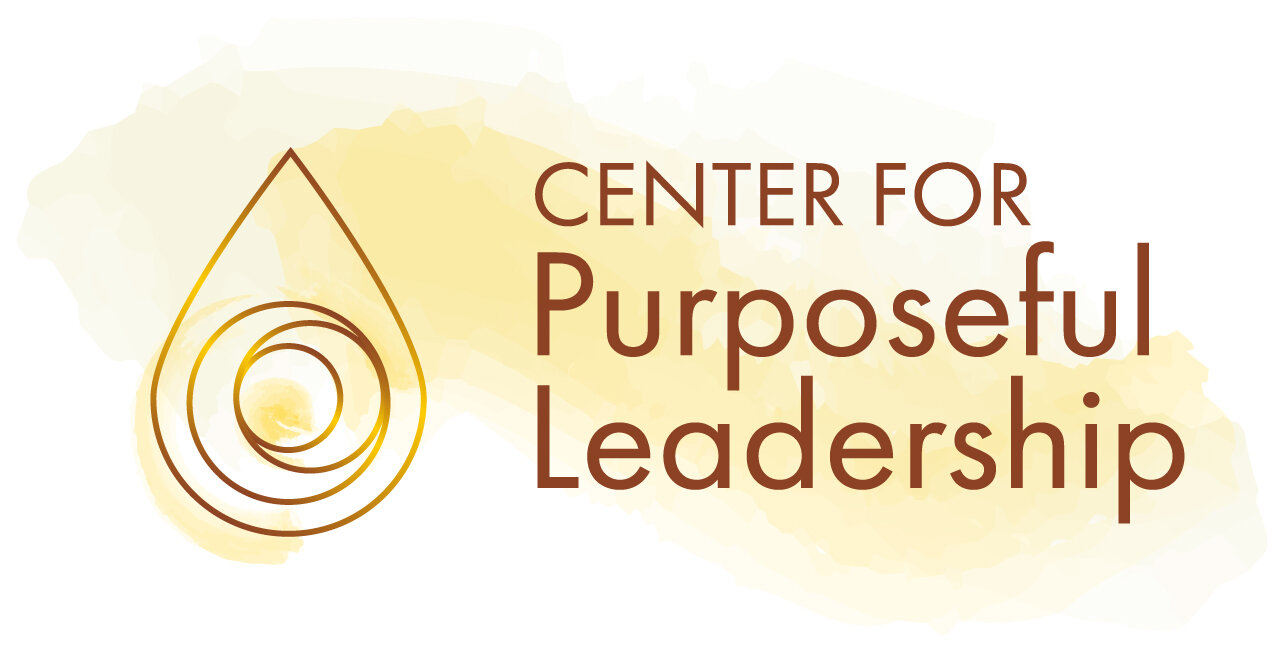











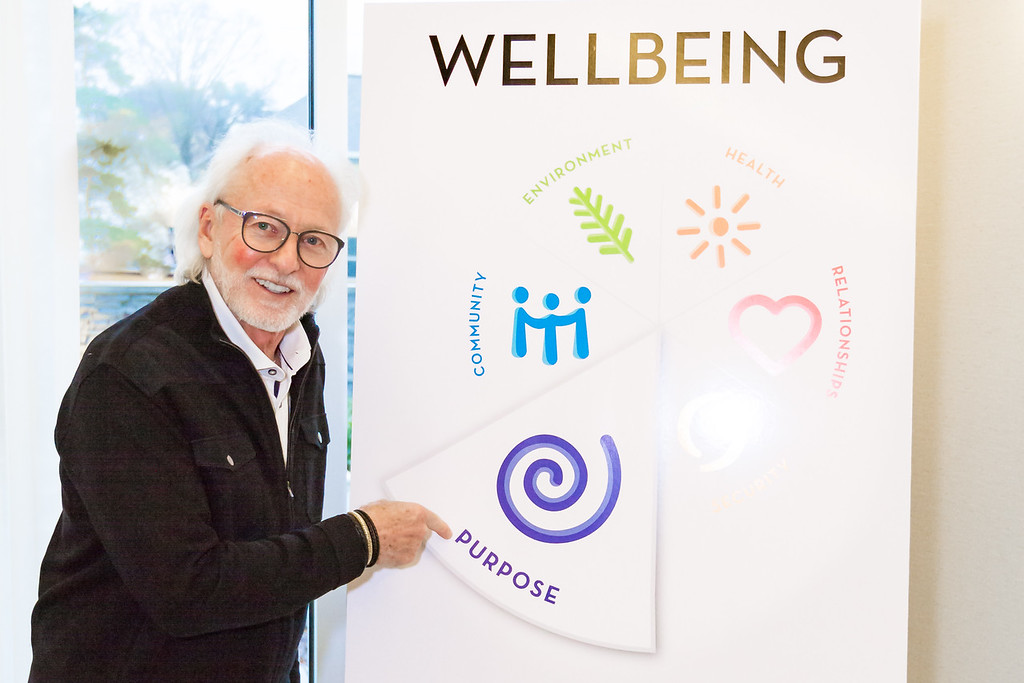

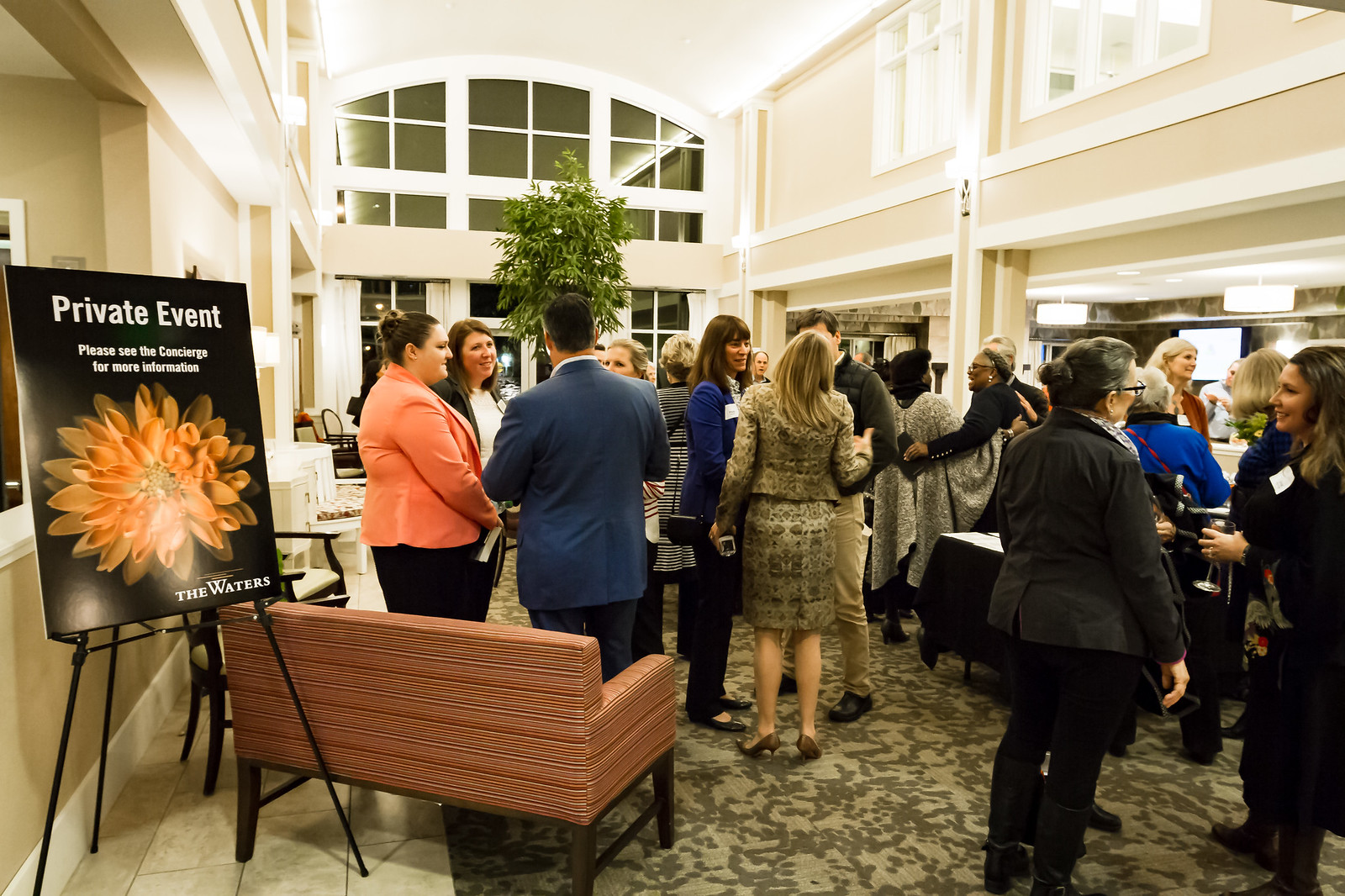
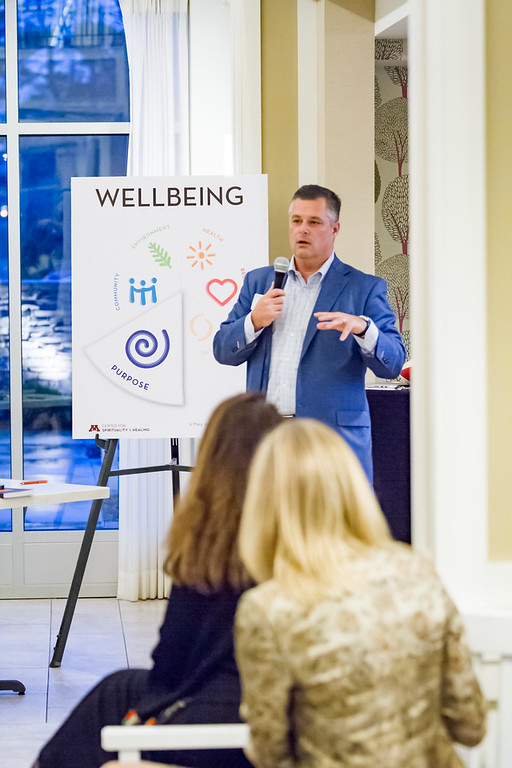
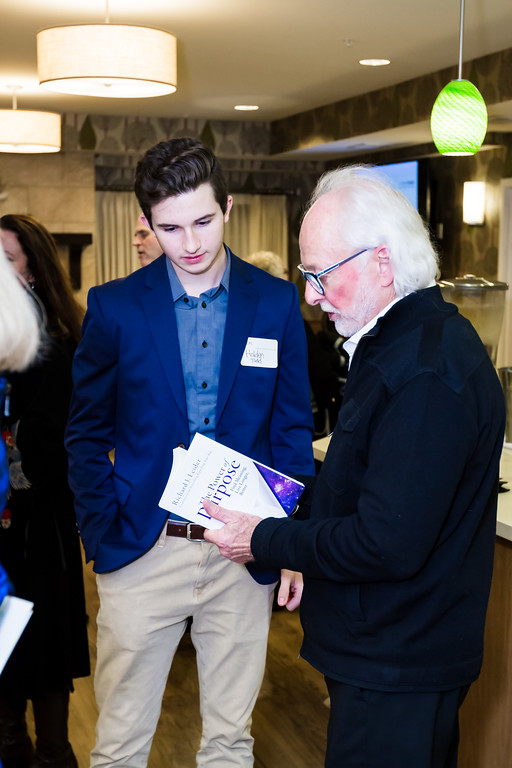
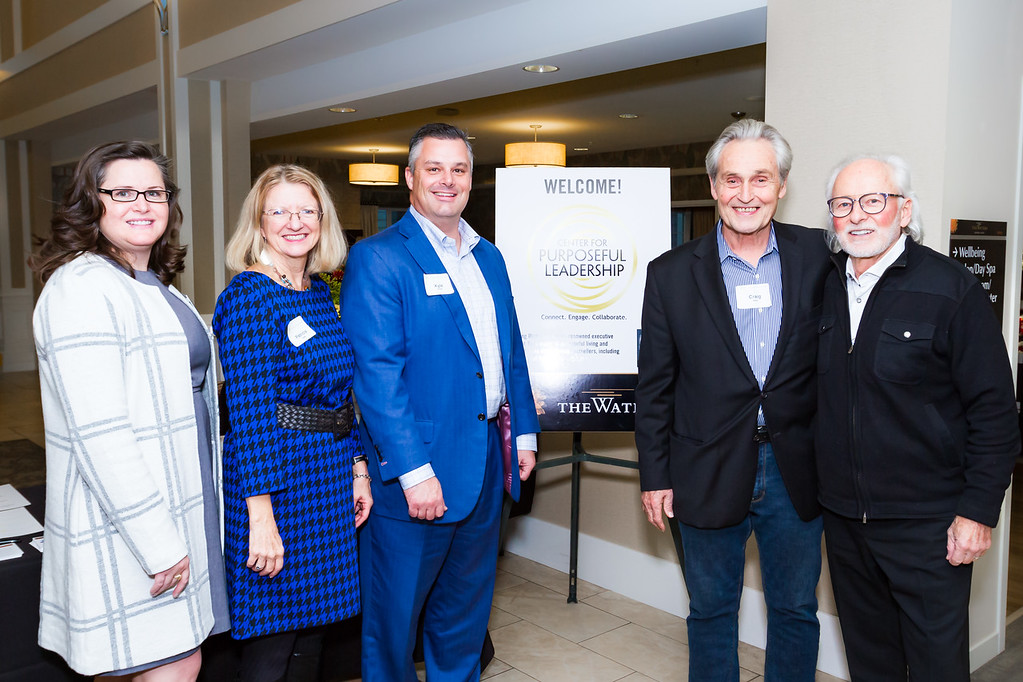
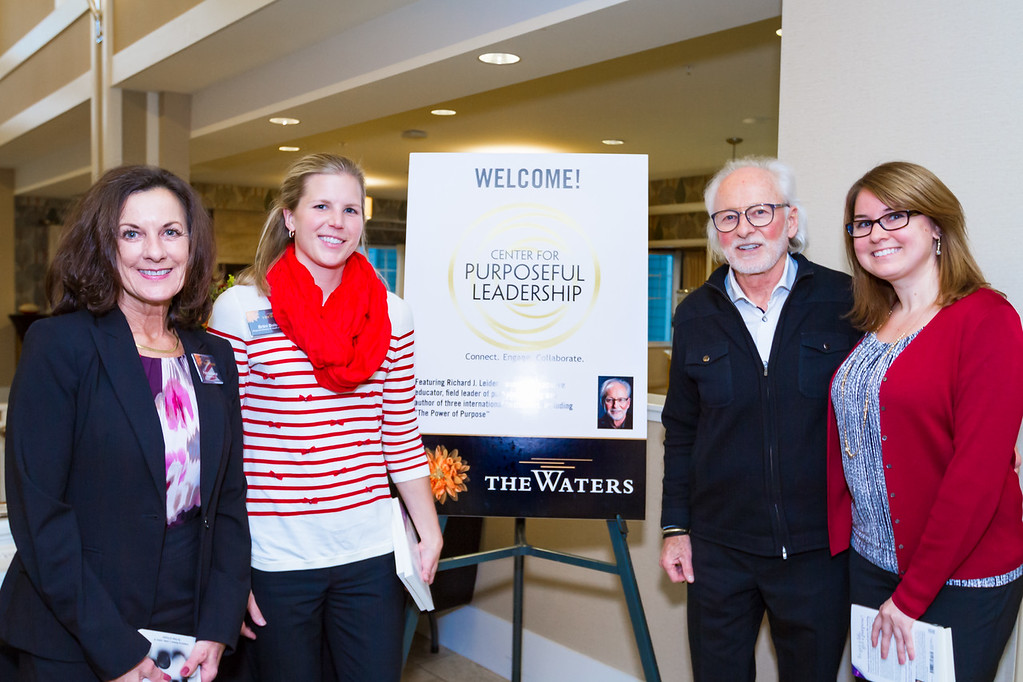
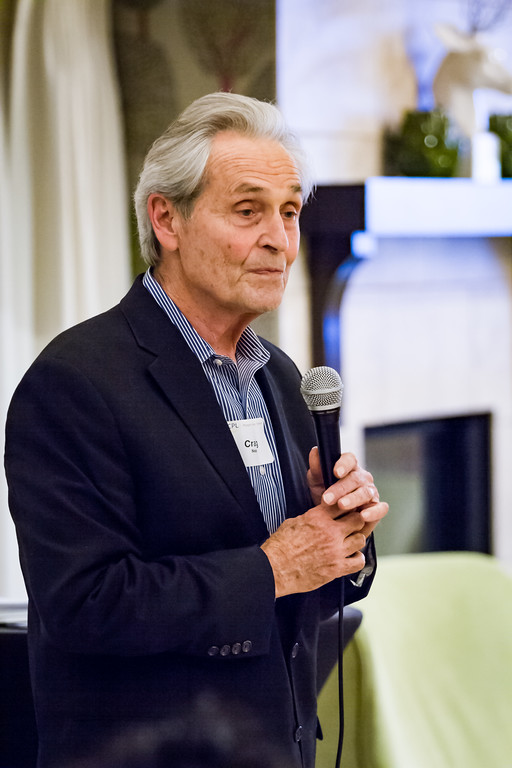




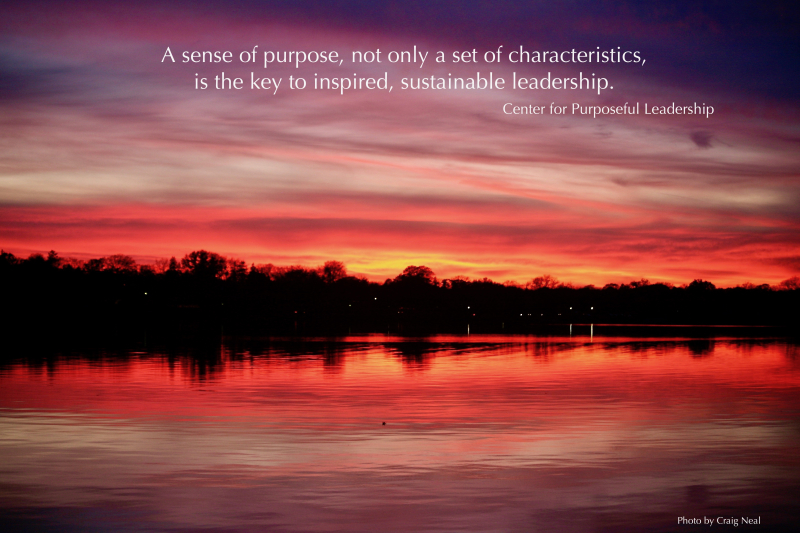

![[Hearth] Voices from Ukraine: Part 2](https://images.squarespace-cdn.com/content/v1/58a4e3be9de4bb98b066fd6f/1647955546471-VUGA4FCGFEUYJ29TEQVA/sunforest-mix-sunflower-types-1586794598.jpeg)

